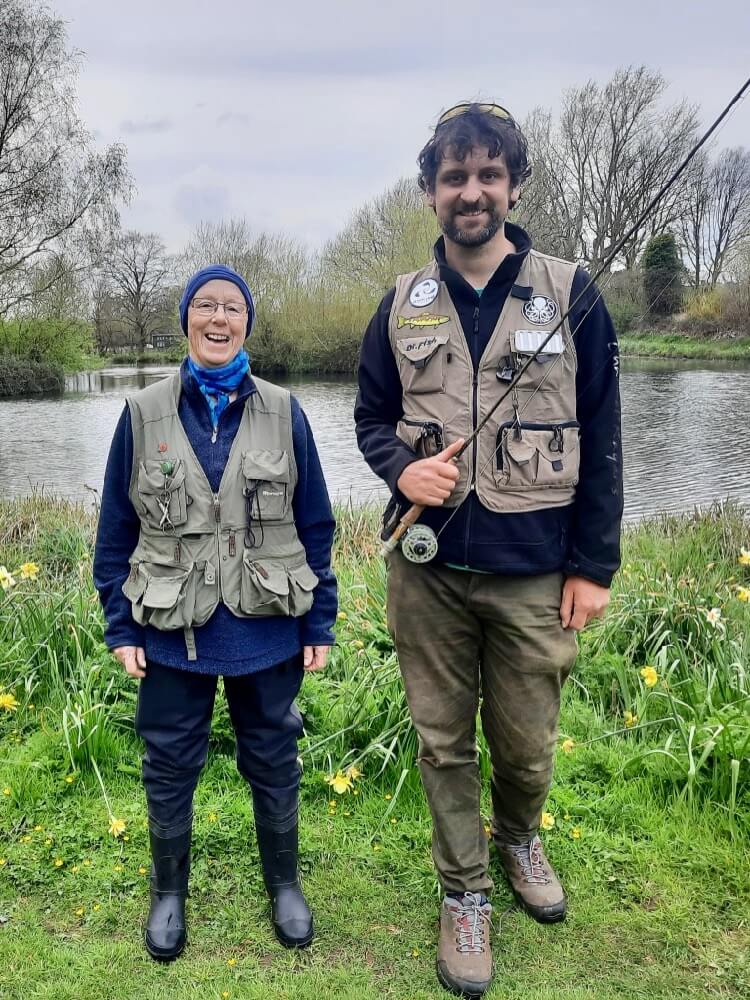Anglers are as varied as the fish they try to catch. Some will sit in one spot for hours; others happily rove a whole river. Some are bricklayers, others are university lecturers. Some are active in all seasons, others go missing as soon as it becomes too hot or cold. But here’s a basic, slightly provocative truth: more of us than ever are becoming tunnel vision merchants, focussing most of our efforts on just one method or even just one species! But is it healthy?

Is this something about the nature of angling and obsession? Is it even to do with the male psyche and the need to excel at one particular thing? Who knows. All I can say is that there are definite advantages to being an all-rounder, or at least keeping an open mind and a few threads going. Pizza is awesome, but I couldn’t eat it every day of the week.
Worse, being stubborn can be restrictive. It can be a barrier to enjoyment and wider success! If all you desire is carp, for example, and they are spawning, not only do you risk a big fat blank, but you might be missing an outstanding day’s fishing for trout or bass. If you consider fly or lure fishing as superior, you’ll never encounter all manner of ideas that could have added a fresh twist.
This stubbornness also extends to the methods we use. Many anglers will set out with a mindset of catching fish solely on the feeder, bolt-rigged boilies or a dry fly. Fine if that’s spot on for the conditions; but what if the carp aren’t feeding on the bottom, or the trout are taking prey closer to the stream bed than the surface?
We all have our favourite methods, but there’s wisdom here that applies to pretty much any form of angling you can name: The way we fish should start with the preferences of the quarry and not the angler! There is no single “best way to fish”. Versatility and being willing to change on the day can be vital whether you are into fly fishing, match fishing, carp fishing, or indeed any style of angling you care to name.
This is never truer than during those transitional and iffy times of year, such as the spring. The appetites and activities of the fish can be unpredictable, after all. But are you willing to change tactics, or even species? For a lot of us, the answer is no. We even consider certain methods, quite stupidly, as inferior or not worthy of us.
I should expand on this subject by saying that I’ve been guilty of being stuck in the mud lots of times. I’ve been known to fly fish venues with zero visibility or try to catch on surface popping lures when the fish are blatantly not hunting shallow. Failure is a good teacher. You wanting something to work and it working are two different things.
Trout fishing with lures (or spinning and LRF tackle!)
On the topic of being flexible with tactics, I had a fascinating recent session doing something I haven’t tried for a few seasons up on Exmoor. It’s been a while since I dug out jigs, plugs and spinners for trout, but that was the ploy for a trip to North Devon on the spectacular East River Lyn. Or at least, I had a sociable day planned with Jack Welshman, who’d packed a two-weight fly rod so we could mix and match a little.
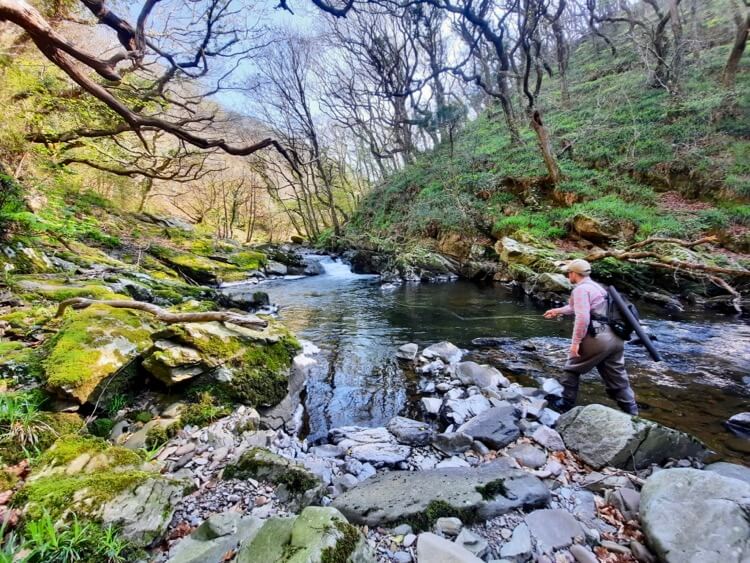
Everything about this place is spectacular. The scenery; the challenging wading; even the price! Where else can you find brown trout fishing for £3.50 a day? Or, indeed, quality wild trout and sea trout without fly only rules? That said, on the ticket it urges all anglers to stick to single, barbless hook lures- and this makes perfect sense.
Indeed, a lot of the “fly only” stuff is not about snobbery, but about protecting wild fish. Treble hooks are pretty awful for small trout, frankly, and you suspect that if the majority would convert and debarb, more waters might open? Besides, I strongly suspect that tiny LRF type jigs and minuscule spoons are the most effective option for our West Country trout- which tend to be small.

Let me dive in here right away, though, to say that the whole idea that “spinning is easy” is a bit of a fallacy. Yes, it can be effective, but most days you’ll catch more trout on a tiny nymph. Why is this?
Well, two big reasons. Firstly, even small lures (i.e. plugs, spinners etc, not the streamer type flies confusingly also referred to as “lures” ) tend to be large in comparison to real trout food. A fly is much easier for a fish to inhale and the smaller and thinner the hook, the easier it penetrates.

Another reason is that lures are often met by a “rage” or territorial response rather than feeding instinct. Especially with so many sea trout in this river. Yes, there are also many browns- but you’ll find it hard to single out the one from the other in any of the pools.
Perhaps if you’re willing to go right down to say tiny jig heads and bits of Isome, you might get more of a feeding reaction- but much of the time all you have to do is watch. Trout taking flies tend to engulf; trout taking lures will often circle, chase and bump the target because they want a fight, not a meal. That said, I strongly suspect that it’s not just sea trout but the odd bigger, cannibal trout that will take a lure- giving you the chance of a net-filler that probably wouldn’t have nabbed a size 16 wet fly.
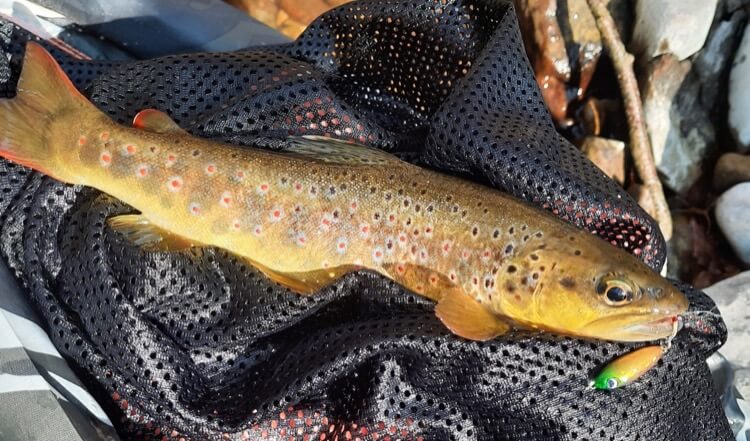
It was immense fun to mix things up on our session, anyway, and I thoroughly enjoyed using lures again. Truth be told, I fished spinners and plugs for trout as a kid years before I ever learned to fly fish. Sometimes I would even resort to such skulduggery as trailing a worm off them, on the lakes of Switzerland, where my mother is from.
Back to our session, though, having two lines of attack and being flexible (there’s that word again!) was a massive advantage once again. Hence, while we launched flies in shallower and more open areas, those tiny jigs and metals were a great option to have in deep spots and those awkward bits with limited casting space. The pools here are perfect for migratory trout, besides the browns.
Perhaps the biggest upset was that the fly got the best fish. Sure, I had one or two mega hits on a tiny metal- including what I suspect was a sea trout- but it was a small nymph (a simple scruffy Hare’s Ear) that seemed to pick out the best fish.
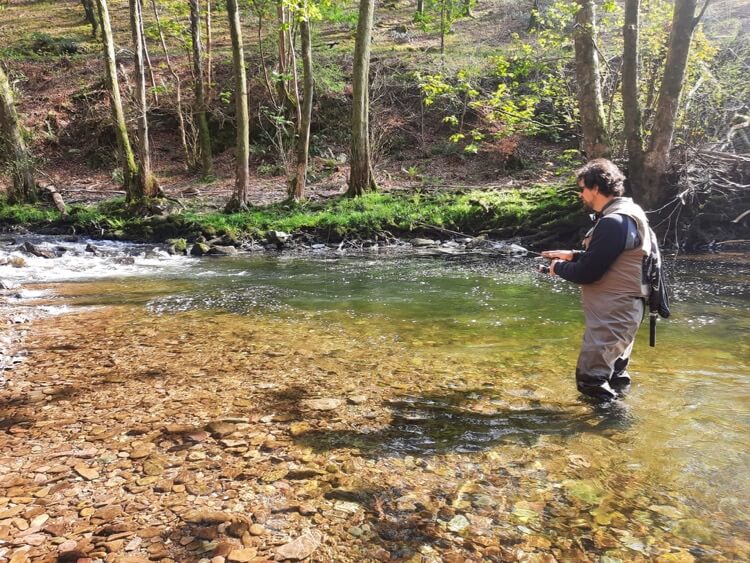
Some of these were impressively chunky- and one of Jack’s was well over the pound mark!! More on this epic fish and fly fishing on the the East Lyn River to come in my Angling Times column shortly… just look at those teeth!
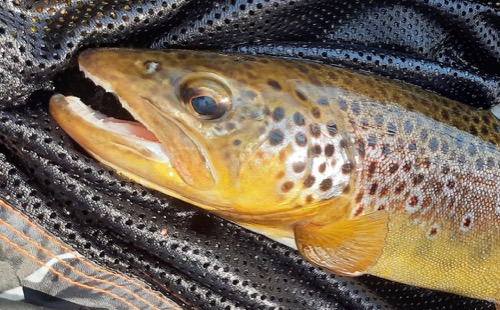
Changing conditions, static anglers?
Of course, in competitive angling an open-minded approach is even more vital. The angler who bases their attack on what they want to do rather than the mood of the fish will have limited success at best- and recent outings have been a key illustration of this! A far better and more experienced match angler than me once described his typical match less as a fixed plan and more “asking a series of questions to the fish” to see what they wanted. Sure, you might start with a plan or a method you suspect is best, but as often as not this will change drastically!
My last time out was at Oaktree Fishery and I’d prepared a six-course carp meal. Before waking up to find an icy morning and the fish on some sort of fast!
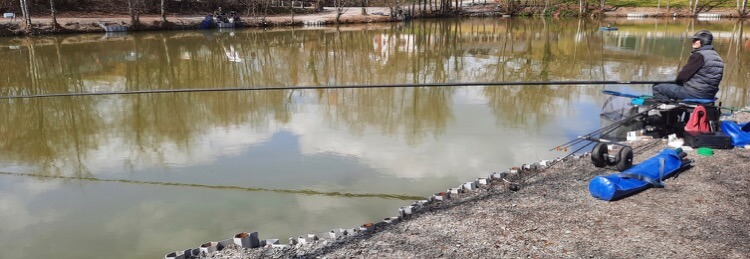
Now, there are two ways you can proceed when life isn’t as you’d like it. Behave exactly as you were going to (which would explain people walking around in March with virtually nothing on, even though they’re not Newcastle United FC fans by habit), or adapt. And so, on this occasion, I dropped the big banquet plan and fed sparsely with just a few micropellets and pinkies.
Actually, I couldn’t resist feeding a chopped worm line, too. I love this method and had been daydreaming about some of the venue’s big perch- but it turned out to be a terrible idea that didn’t work at all! However, I was at least willing to be flexible and drop-down hook sizes and change tactics until things changed. And it worked! Well, partially. I had a few bits and the odd carp, using tiny hookbaits and sparse feed.
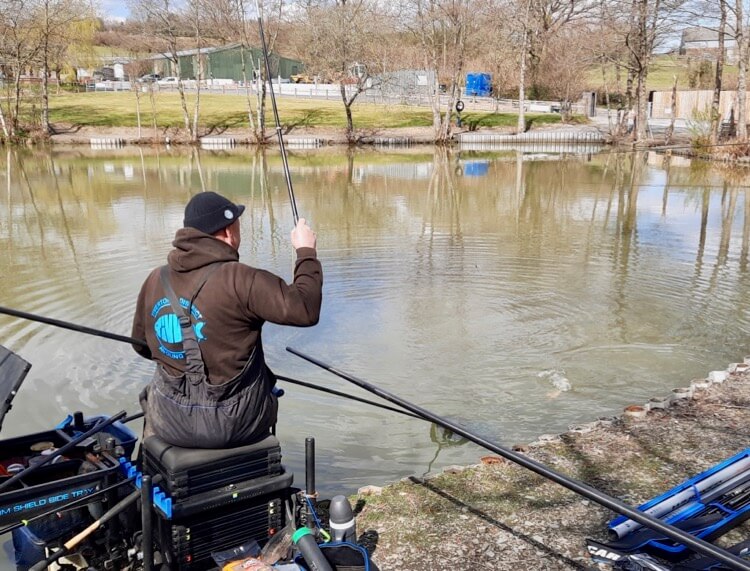
The other plan I really fancied was trying bread, since the water was so clear. In fact, I should have tried this much earlier and been more persistent. After all, a common sin at so many carp fisheries is only trying baits on the bottom. This feels right in cold water- but in reality the fish are often mid and upper layers, perhaps because it’s the surface layers that tend to warm up faster than the bottom.
Ok, so my cricket score of fish and massive bait giveaway never happened. But in a match you’re all on an even footing and a bit of flexibility can go a long way. I had three carp on pinkies (I know, desperation stakes), while using slow sinking bread felt a bit silly while everyone else was on the bottom, but giving this a go soon doubled my weight with a fish of about eight pounds!
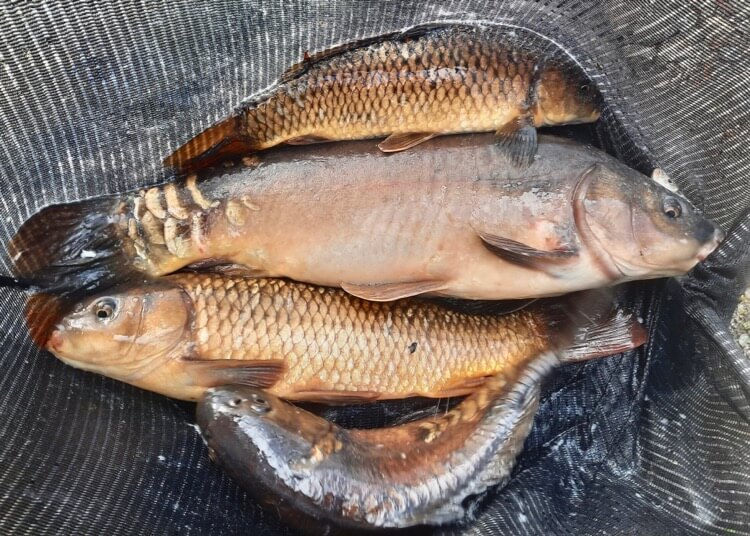
Other reading/ feeding!
Other than some welcome guided fly fishing days here in Devon, my own fishing has been a bit limited at times- although I did have a splendid half day session this week. One key objective each spring is to sort the garage and clear the freezer out- and I was glad I did so as I put a tray of prawns to good use on a local day ticket water. I had wondered if they were not fresh enough, but a cracking perch of two and a half pounds proved me wrong. What a great result!
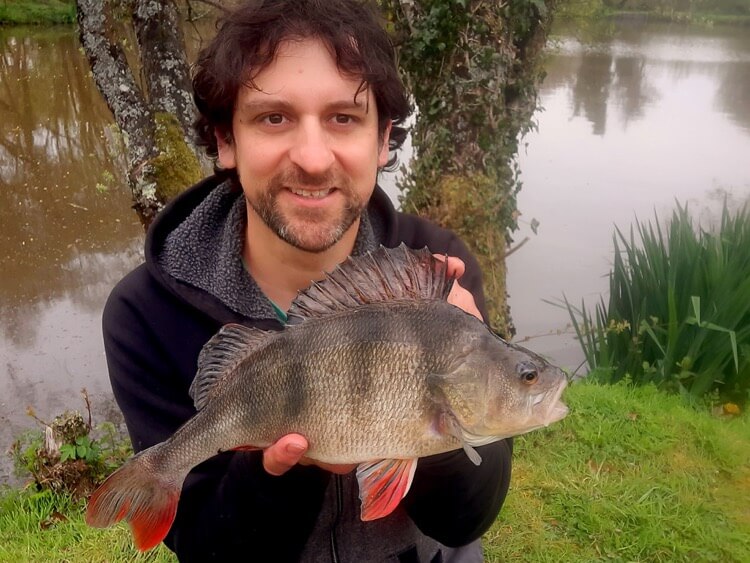
In other news, my work for the Angling Times continues at a fair old pace, but I’m enjoying being part of the cut and thrust of a weekly magazine. I love getting my teeth into a good story, whether it’s the precarious current state of our rivers or meeting some of the great characters that make our sport tick.
On the topic of being versatile, it’s been a privilege to catch up with Matt Hayes recently for a forthcoming interview! I cannot think of many better examples of a truly versatile all-rounder, equally at home with specimen carp or salmon fly fishing- and he had a fascinating take on the current river pollution debacle along with some exciting book news.
I also had a wonderful meet up with my former coaching mentor, Sally Pizzi, who will also feature in an article to come. Putting me through my paces for both game and coarse coaching qualifications, I’ll always be grateful for making me a better teacher and guide and it was wonderful to catch up. There isn’t a more infectious laugh in fishing- and she had some fantastic tales and forthright views on angling participation. Keep an eye out for the magazine every week for my regular column and other journalism!
